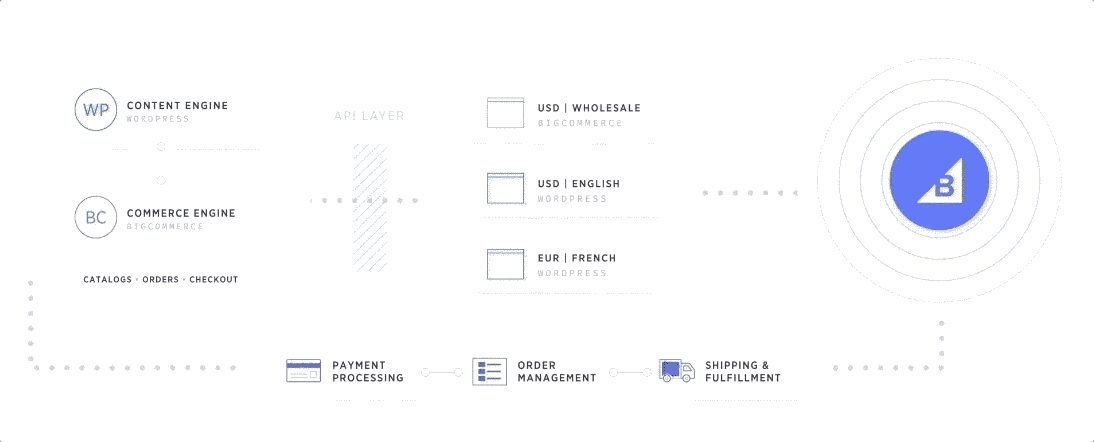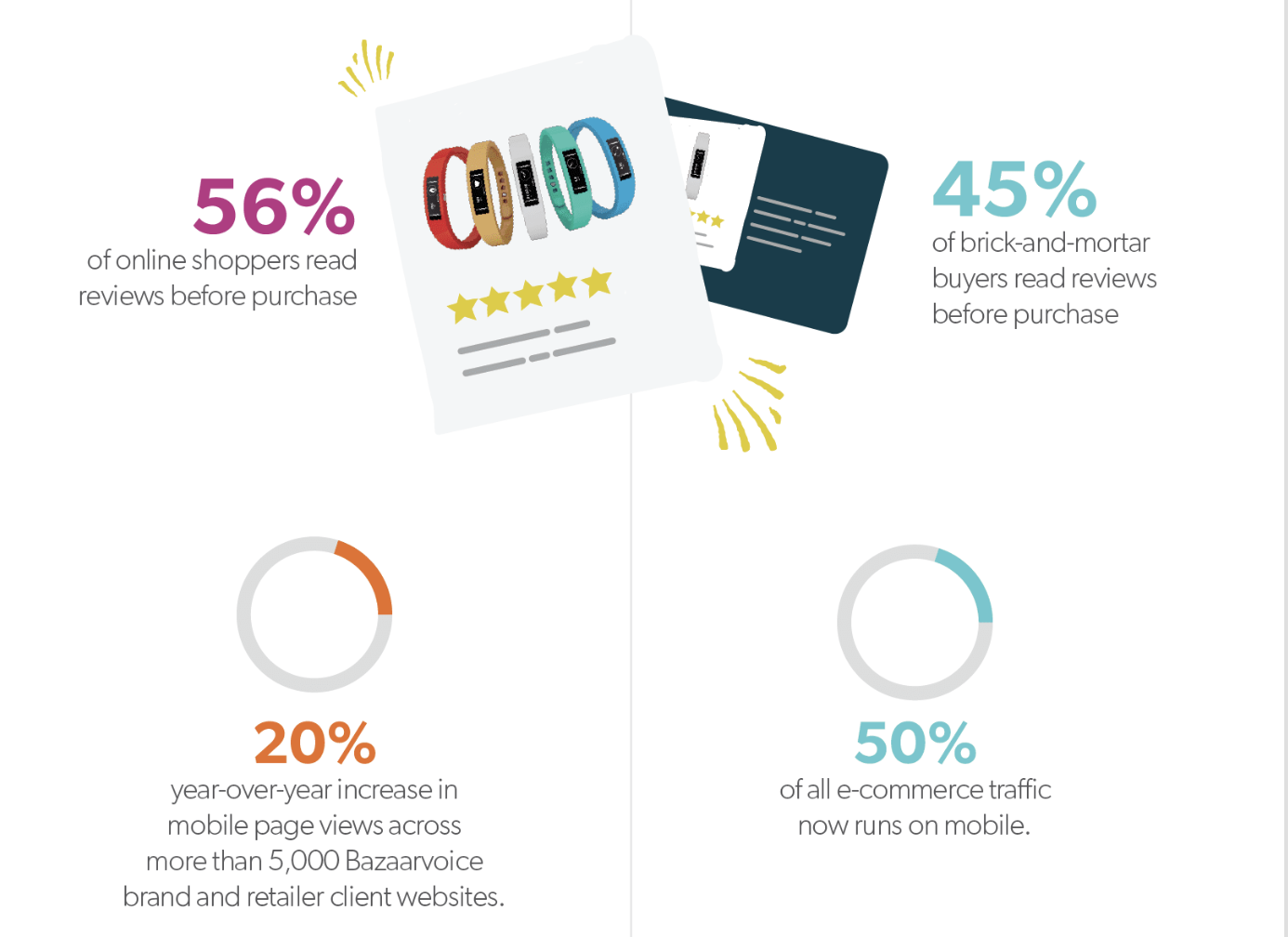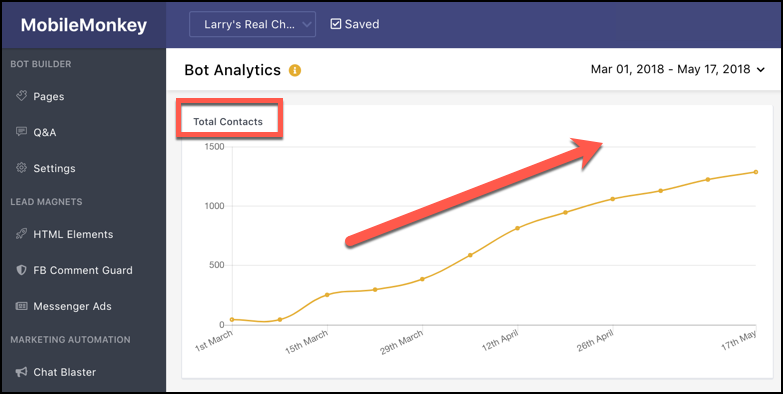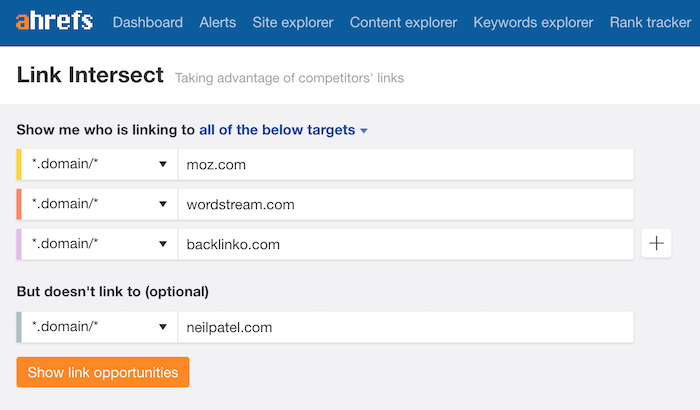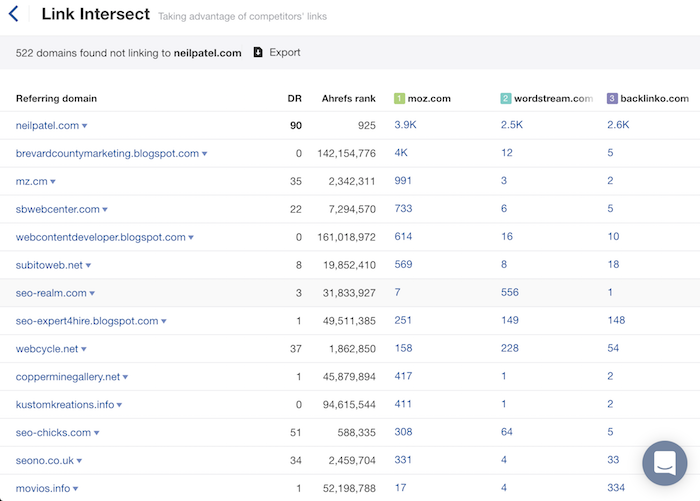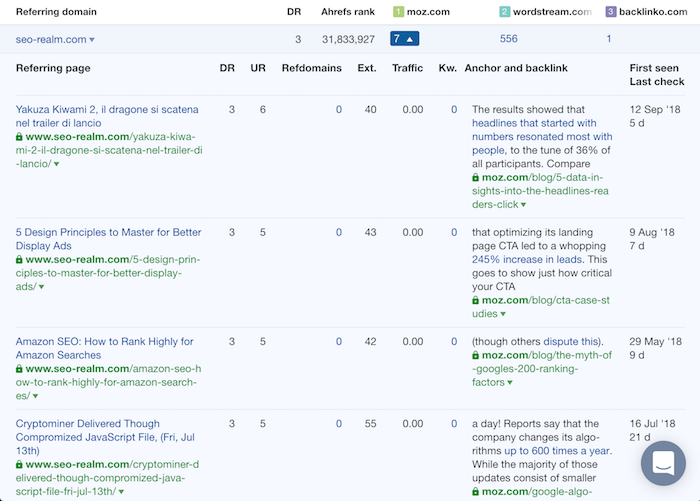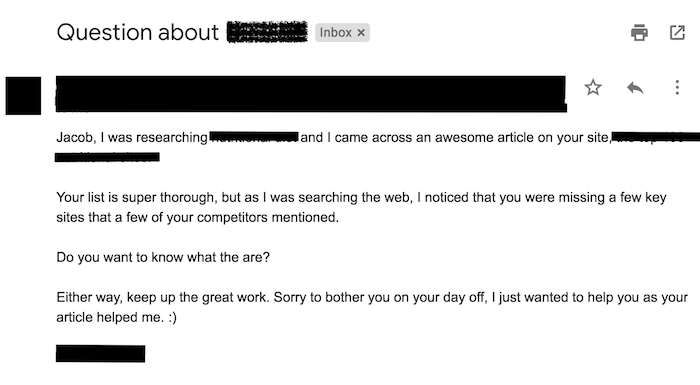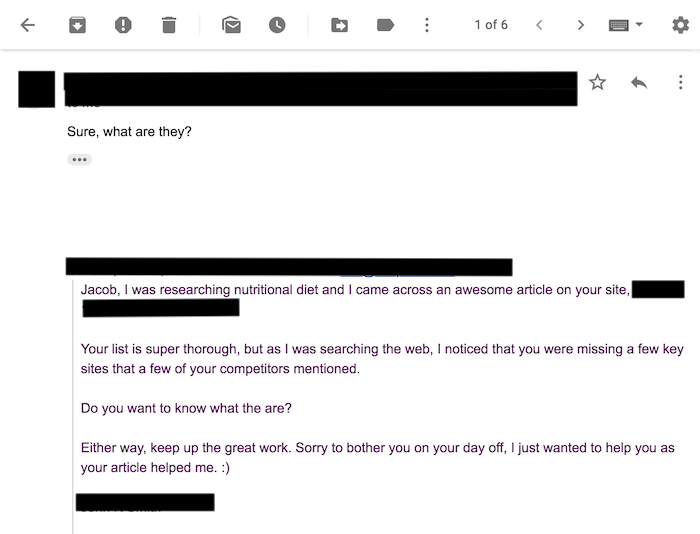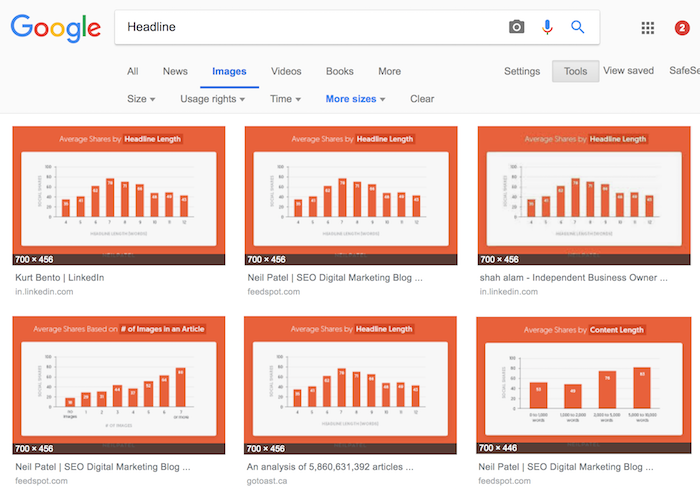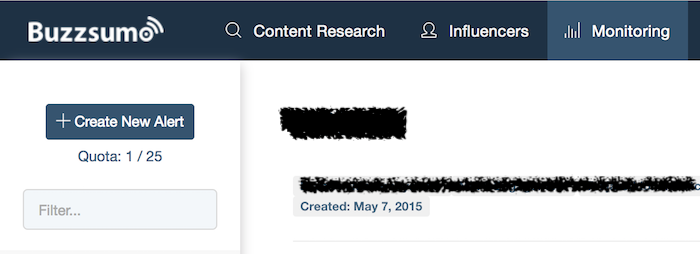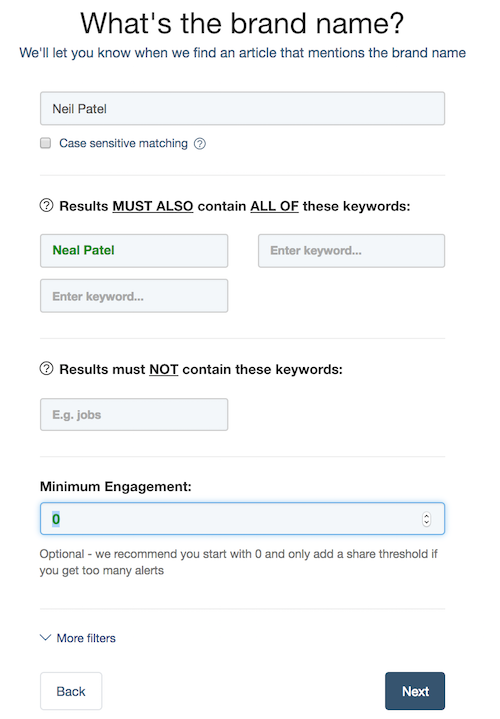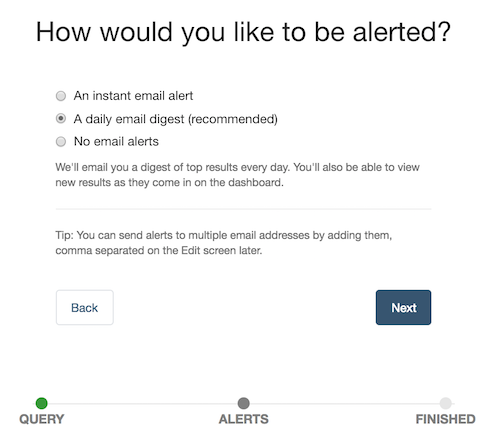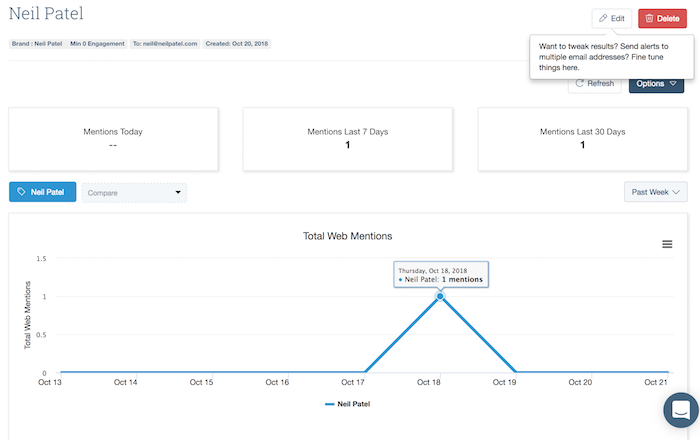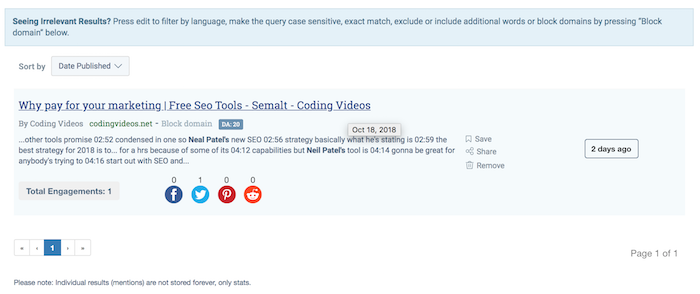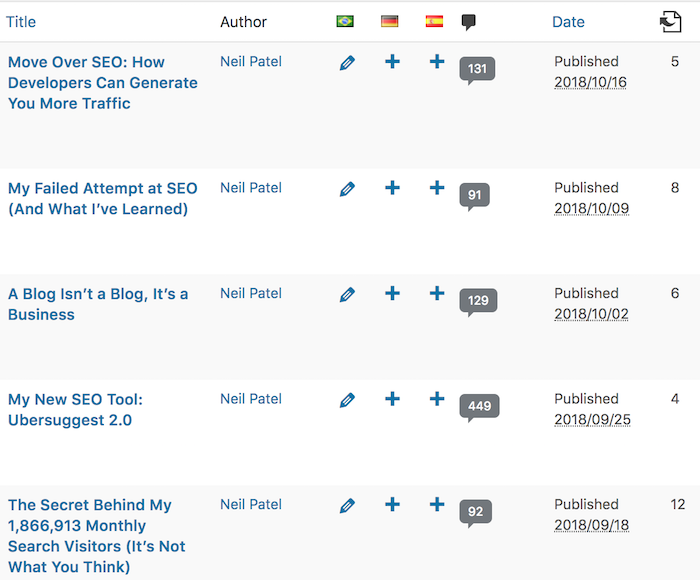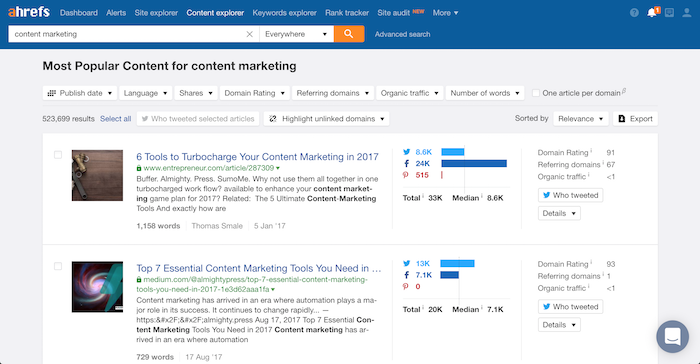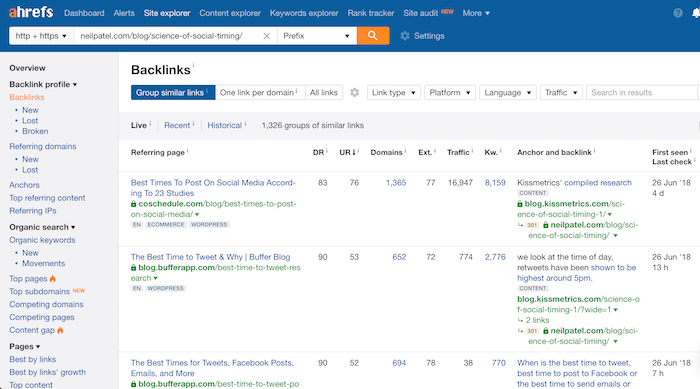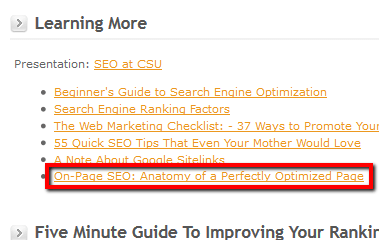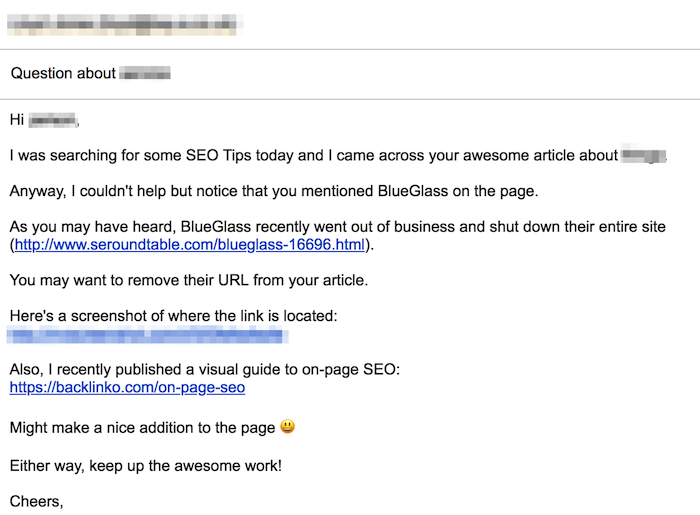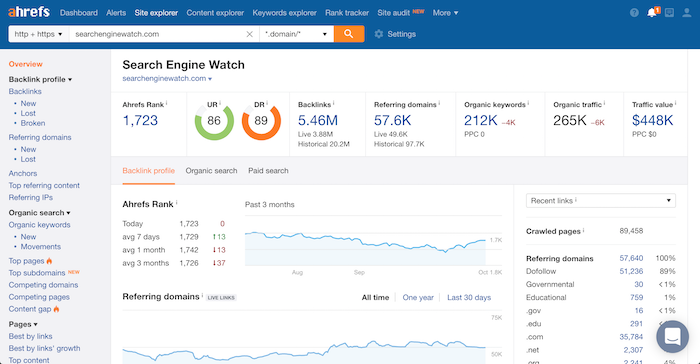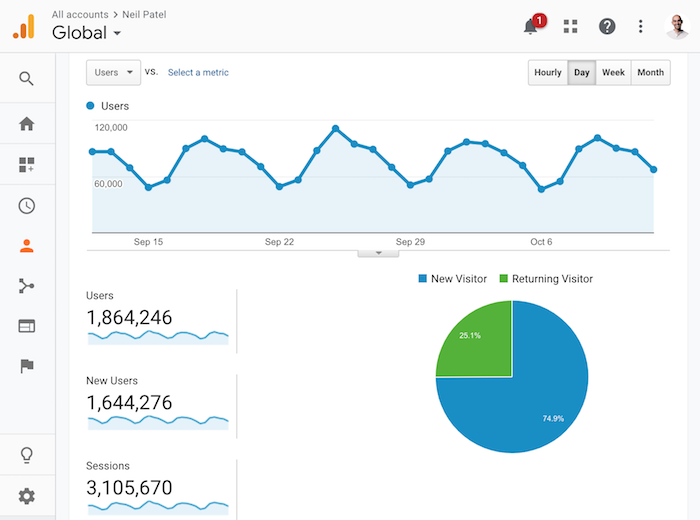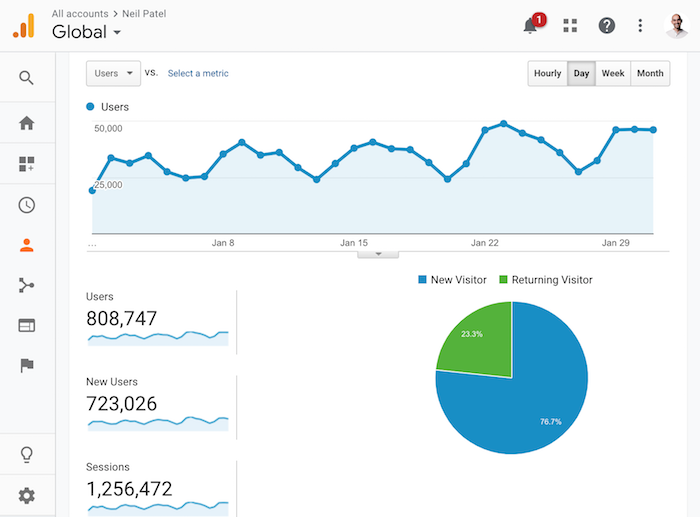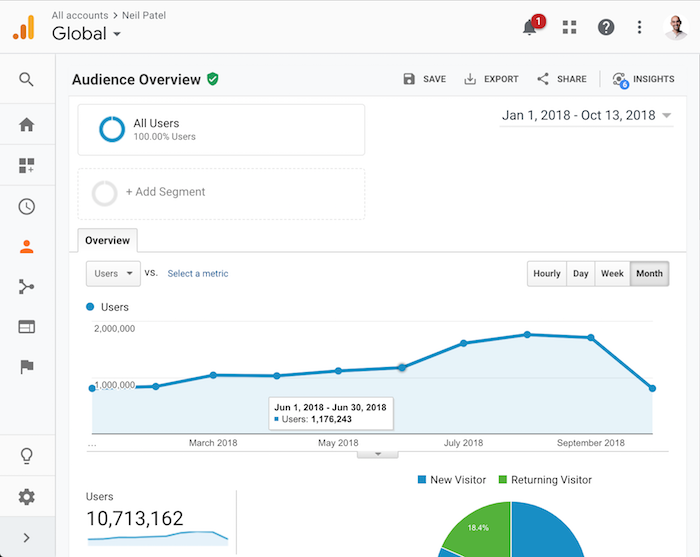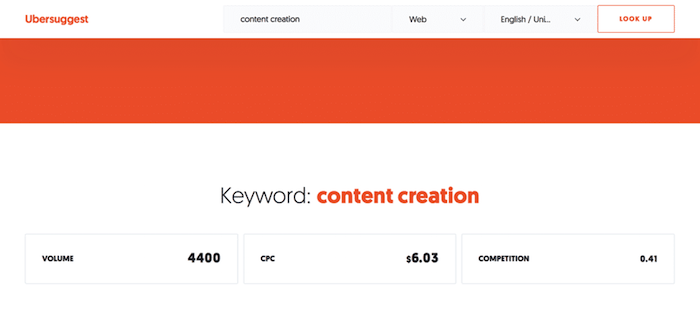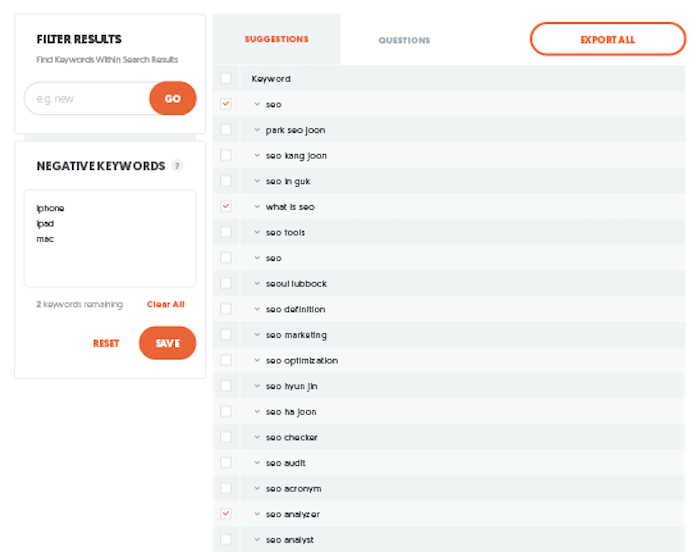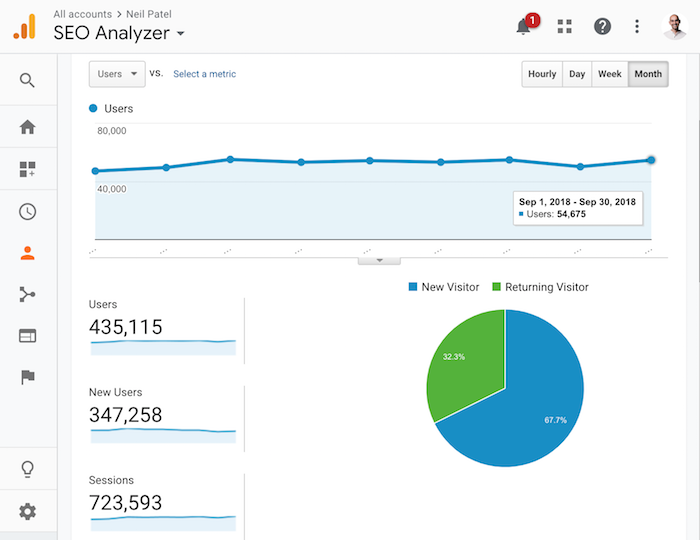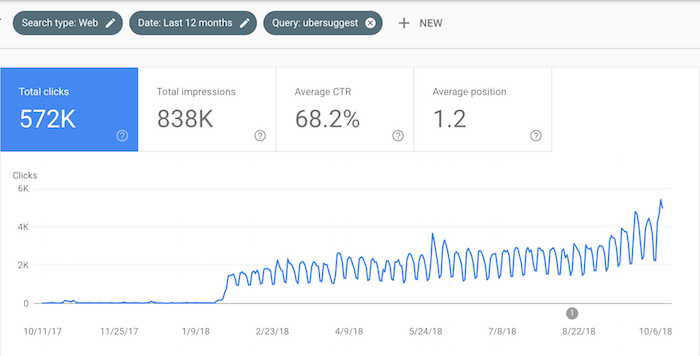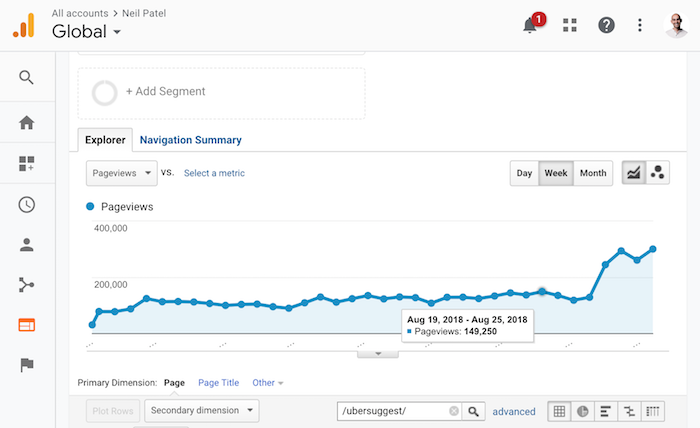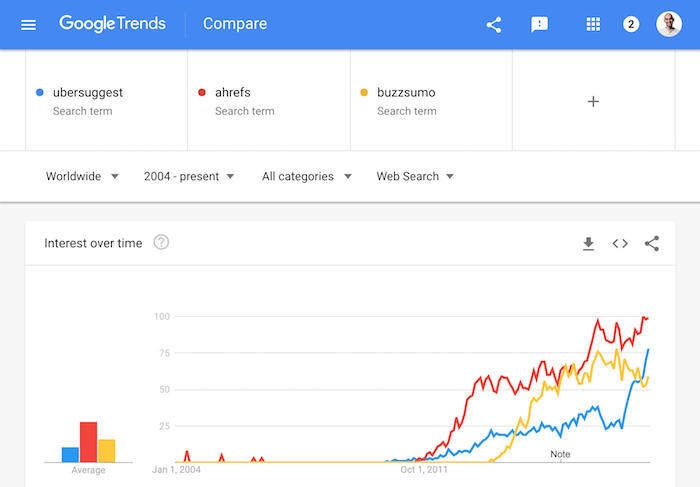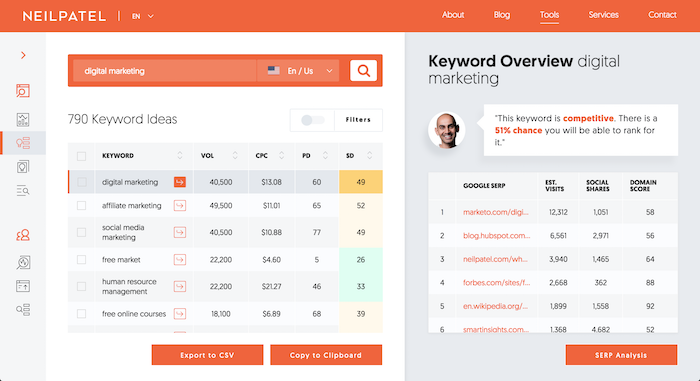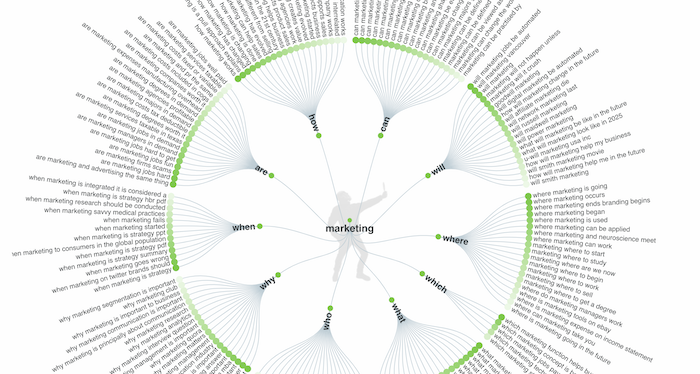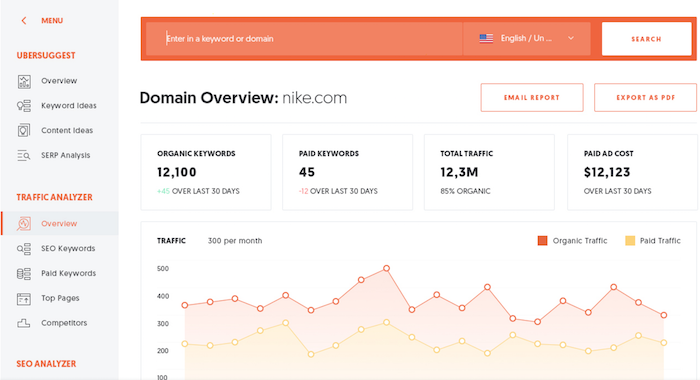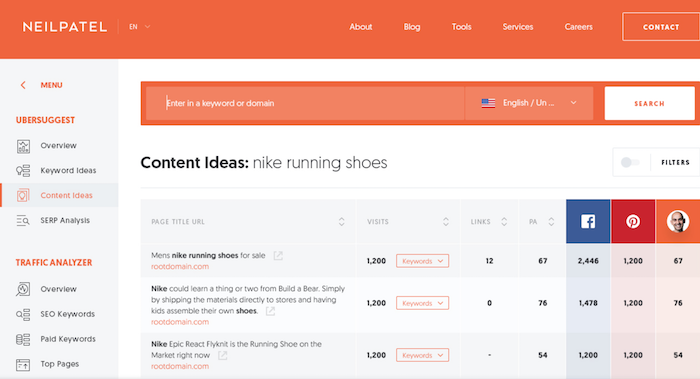
Can you guess how long I’ve been a marketer?
7 years? Maybe 10?
Guess again.
I’ve been a marketer for 18 years now. That’s a long time… And funny enough, I’ve also been an entrepreneur for the same amount of time as I’ve never really held a “corporate” job.
Many of you think I am smart, and I am great at marketing. But let me burst your bubble… I am NOT smart, and I am NOT a great marketer.
Instead, I’ve just been doing everything long enough where I’ve learned what not to do.
See, the first 4 or so years of my marketing career went really slow and didn’t go the way I wanted. This was mainly because I kept making mistakes. And even worse, I kept repeating the same mistakes over and over again.
So, when I was around 20 years old, I created a list of marketing principles to never break because I wanted to ensure that I didn’t repeat the same mistakes over and over again.
Over time I kept adding to the list, and it has helped me succeed not only as a marketer but also as an entrepreneur.
Hopefully, the list principles below helps you get to where you want in life. I know it’s helped me tremendously.
Here goes:
Principle #1: Don’t be the first
So many new marketing channels pop up, don’t be in a rush to try them all. Especially when these channels are new and unproven. You’re more likely to waste time than find wins.
At the same time, you don’t want to be the last either. The key is to be an early adopter. Once a channel is picking up steam, that’s when you want to jump on board and see if you can leverage it for your business.
Principle #2: Ride it while it lasts
Every channel that works eventually gets saturated. Some fade away, but most stick around, and some just don’t work as well.
For example, Facebook grew through sending out invitation emails to everyone in your email address book. That just doesn’t work anymore.
Digg used to be an amazing site that drove 100,000 visitors to a site in less than 24 hours. It doesn’t anymore. Google AdWords used to be a cheap way to drive sales. It still works, but it is expensive.
When you find a channel that is working amazingly well, push hard and milk it for as long as it lasts. As time goes on, you’ll want to keep leveraging it, but you’ll naturally have to scale back as more competitors jump due to price increases.
Principle #3: Sales and marketing should be owned, one person
To truly grow, you need to understand the whole picture. From how someone comes to your site, to what they are looking for, to how to sell, upsell, and retain a customer.
You need to think about the whole cycle a customer goes through.
For that reason, a company eventually needs a Chief Revenue Officer (especially in the B2B world). A CRO is someone in charge of both sales and marketing. The departments can run separately, but they need one boss.
When both departments don’t roll up into one boss, there is typically is a disconnect. This will cause the conversion rates to be lower.
Principle #4: Go all in during recessionary periods
The market moves in cycles. When things go down people pull back on marketing. Don’t optimize for short turn gains, optimize for the long run.
Marketing tends to be more cost-effective during recessionary periods. This is when you should be spending more, doubling down, so that way you can beat your competition once the recession is over.
Principle #5: If you aren’t thinking long term, you won’t beat your competition
Most publicly traded companies optimize for a return within the first 12 months. Most venture-funded companies have a 1 to 3-year outlook. If you want to beat these companies, you need to have a 3-plus year outlook. This will open up more marketing channels that your competition can’t look at due to investors and outside pressure.
With your marketing, it doesn’t mean you have to lose money for 3 or more years to beat your competition. It means you just have to get creative. For example, I know marketing costs are rising each year, so I’ve invested in software to generate visitors at a much lower cost than CPC advertising.
Doing these sorts of things requires patience as it can take years for creative ideas to come to fruition.
Principle #6: Never rely on one channel
Good channels eventually become saturated and it’s too risky if your marketing is solely based on one channel.
If it goes away or stops working for your business, it will crumble you. You can’t control algorithms, and you can’t always predict costs. Focus on an omnichannel approach.
In other words, you can’t just do SEO or social media marketing. You need to eventually try and leverage all of the major marketing channels.
Principle #7: Marketing tends to get more expensive over time
It’s rare for marketing to get cheaper. You can’t control this. As much as you focus on marketing, you have to focus on conversion optimization. It’s the only way to keep you in the game as costs increase.
Try to run at least one A/B test each month. And don’t run tests based on your gut. Use both quantitative and qualitative data to make decisions.
Principle #8: Don’t take your messaging for granted
No matter how effective your traffic generation skills are, you won’t win if people don’t understand why they should buy from you over the competition. A great example of this is Airbnb. They beat Home Away and are worth roughly ten times more.
They both have a similar product and they both executed well. Airbnb came out much later, but they nailed their messaging.
Spend time crafting and creating amazing messaging. Typically, amazing messaging requires story-telling and understanding your customers.
You may have to survey your customers or talk to them over the phone, but eventually, you can come up with the right messaging using qualitative data. And once you’ve figured out the right messaging, retest each year as market conditions can change, which will affect your messaging.
Principle #9: The numbers never lie
Opinions don’t matter!
Marketing should always be a data-driven approach. Follow the numbers and keep auditing them as things will change over time. What works now may not in the future due to external factors that you can’t control such as privacy and security concerns.
For example, if you users claim to hate exit popups, but the data shows an exit popup increases your monthly revenue by 10%, then continually use the exit popup.
People within the organization will complain and argue with you, but as long as you aren’t doing anything unethical, follow the data.
Principle #10: The best thing you can do is build a brand
Whether it is a corporate or personal one, people connect with brands. From Tony Robbins to Nike, people prefer brands. By building a brand, you are building longevity with your marketing.
Don’t ever take it for granted and start building it from day one. No matter how small or big your company is, you should continually work on improving your brand.
From the story behind why it exists to showcasing it wherever you can, push hard on branding. In the short run, it will not produce a positive ROI, and it is hard to track the value of a growing brand, but it works.
When people want to buy sports shoes, they don’t always perform Google searches. Instead, they just think “Nike.” When people want a credit card, they think Visa, Mastercard, Discover, or American Express.
Brands are powerful and create longevity.
Principle #11: Always protect your brand
You’ll have opportunities to generate quick sales or traffic at the sacrifice of your brand image. Never do it.
It’s better to have less traffic and sales in the short run than it is to tarnish your brand in the long run. If you tarnish your brand, you’ll find that it will be hard to recover and cost more money.
Principle #12: Don’t take shortcuts
Every time someone presents a social media or SEO shortcut, avoid it. Typically, they won’t last long, and they could set you back through a penalization. It’s better to be safe and think long term.
It will be tempting but say no.
Principle #13: Don’t market crap
Building a crappy product, service, or site just won’t cut it. With the web being competitive and it being easier to start a site online, you need to make sure you have something incredible.
It’s 10 times easier to market something people love than it is to market something people don’t care about.
No matter how good of a marketer you are, it’s not easy to market something people don’t want. So first focus on creating something amazing.
Principle #14: Hire a full-time affiliate manager from day 1
There are always people within your space who aren’t competitors and have an established user base. Have a dedicated resource continually reaching out and partnering with these sites and companies.
It’s a good long-term way to grow without having to invest a lot of capital. Even if your product or service isn’t ready, hire this person from day one as it takes 6 months to fully build up a good base of partnerships and affiliates.
Principle #15: Go against conventual marketing wisdom
Doing what everyone else is doing won’t work for the long haul. Doing the opposite usually works much better.
It may sound risky to go against the grain, but it is one of the best ways to grow when you are in a saturated market.
A simple example of this is how Gmail grew when they first came out. Space was crowded and even though their tool was great, so was a lot of the competitors. Gmail grew by creating the illusion of exclusivity. People had to be invited by other members to get a @gmail.com email address.
Principle #16: If you aren’t scared, you’re not pushing the limits
If you’re cheering about everything you are doing when it comes to marketing, something is wrong. You need to scared and be going through a mix of emotions every time you launch a new marketing campaign.
If you aren’t then you’re not pushing the limits. Testing campaigns that your competition won’t ever dare to try, and, of course, be ethical when doing this. Don’t burn your brand.
The bigger the risk, the bigger the reward. Those who push the limits, tend to have a greater reward.
Principle #17: Don’t be unethical
You are going to have opportunities to gain quick wins at the cost of your customers. Always put others first. It’s the only way to survive in the long haul. In general, if you are going to have trouble sleeping at night, you shouldn’t be doing it.
A good example of this in marketing is how affiliates use forced continuity. This is when they sell physical products for free as long as their customers pay for shipping. What these customers don’t realize is that they are going to receive the same product every month and they will get a bill every month as well.
Don’t be unethical.
Principle #18: Get the right influencers onboard early
People tend to have a deeper connection with individuals over corporate brands. Get influencers on board early, as it will help you attract customers faster.
Make sure your influencers are related to your business or else it won’t work and will just be a waste of money.
For example, if you are selling a B2B software you don’t want half naked Instagram influencers promoting your product. It won’t work.
But if you are selling fashion products, having influencers on Instagram who have popular fashion channels will help drive sales.
Principle #19: Video is the future
People want to connect with you and your company. If you aren’t integrating video within your marketing, you are making a big mistake. Whether you like being on camera or not, video should be in your strategy from day 1.
When you create videos, don’t just put it on your site. Put the same videos everywhere… from social networks to asking other websites to embed your videos on their site.
You should even test running video ads as they tend to be more effective than text-based ads. They are more expensive to run, but the conversion rate is typically higher.
Principle #20: You don’t know everything
Marketing is always changing. No matter how good you get at one tactic, never stop learning. Having the attitude that you are great will only hurt you. Have an open mind and be willing to learn from anyone, especially newcomers with little to no experience as they bring fresh insights.
Principle #21: Don’t hire arrogant marketers
If you have arrogant marketers on your team, consider replacing them with people who are open to learning (assuming you aren’t breaking any HR laws).
Arrogant marketers are typically stuck in their ways and they aren’t open to change. Just because someone doesn’t know as much, doesn’t mean they can’t learn.
Arrogant marketers tend not to experiment, and they prefer sticking with what they know.
Principle #22: Little is the new big
Social media has empowered everyone. Don’t take people for granted, even if they don’t have money. By helping everyone, it will cause your brand to grow in the long run.
Don’t worry about a direct ROI when helping others, it will cause word of mouth marketing.
Because of social media, everyone can impact your brand in a good or bad way. So make sure it’s in a good way by helping everyone out (as much as it is feasibly possible).
Principle #23: Continually test what’s working
Because of external factors that you can’t control, things change over time.
For example, 3rd party authentications used to boost conversion rates, but now people are concerned with using them because of privacy concerns.
Always retest what has worked in the past every 6 months to ensure it is still helping you.
When you don’t retest, you’ll find that your conversion rates will drop over time and you won’t know the cause of it.
Principle #24: The majority of people don’t read
If you write a masterpiece, expect the majority of the people to not read it. Make your content and marketing landing pages easy to skim. Without this, you’ll lose out on a large portion of sales.
Things like design, spacing, colors, and typography all affect readability and how easy it is to skim. Yes, messaging is important, but if no one reads it then you won’t generate sales.
Principle #25: Headlines are more important than content
8 out of 10 people will read your headline, but only 2 will click through and read your content. Spend as much time coming up with a headline as you do writing content. If you have an amazing masterpiece and a terrible headline, it won’t get read.
You shouldn’t stop with one headline either. Consider A/B testing a handful of headlines, as this will help you come up with a winning version.
Principle #26: Expand internationally once you’ve figured out your main market
The English language is always competitive. But markets like Asia and Latin America don’t have as much competition and people within these regions are willing to spend money.
Translate your website, content, product, and service as quickly as possible (while maintaining quality, of course!). It will open up more marketing opportunities and revenue streams.
When picking new markets, don’t just look at GDP look at the population as well. If one region has a slightly lower GDP but a higher population, consider going after the one with a larger population first.
Principle #27: Be willing to start over every year
If you are expecting to grow by just doubling down on what worked in the past, your growth will slow down.
By having the mentality that you need to start over and redo all of your marketing initiatives each year, you’ll grow faster as you will be receptive to change.
This doesn’t mean you should ignore what worked for you in the last 12 months, it means that you need to keep doing that as well as well as go back to the drawing board to try new tactics.
Principle #28: Ideas are a dime a dozen, but good team members aren’t
You’ll have dozens of ideas that you’ll want to test, but if you don’t have people to take charge of them they won’t go anywhere. Don’t bite off more than your team can handle.
If you want to grow faster, you need people to take charge and lead each of your marketing initiatives. This will also allow you to fine tune each channel and squeeze the most out of it.
And if you have dozens of ideas, don’t just hire any marketer. If you don’t hire the right person, with experience, you’ll find that marketing channel isn’t working out too well for you. So take your time.
Principle #29: Don’t hire people you need to train if you want to grow fast
There is nothing wrong with hiring people who need training, but it will cause your growth to slow down.
If you want more traffic and sales ASAP, you can’t hire people that need hand holding or training. Hire marketers with industry experience that know how to get off and running from day 1.
Ideally, you should even consider hiring marketers who have worked for your competition and have done well for them.
Principle #30: It takes 3 months for a marketer to get ramped up
No matter how skilled of a marketer you hire, even if they come from your competition, it typically takes 3 months for them to find their groove.
So, when you hire them as a full-time employee or a contractor, be patient and be willing to give it at least 3 months before you decide what you want to do.
Of course, you should see results within the first 3 months (even if they are small) but you still need to be patient.
Principle #31: People love stories and always will
Storytelling goes back centuries. They were effective back then and they still are today (and they will be tomorrow as well). Integrate stories within your copy. It will help you craft a better bond with your audience.
With a better bond comes higher conversion rates.
Principle #32: Don’t take trends for granted
If you see the market moving in a direction, even if you don’t think it will last forever, consider riding the wave. Even if you don’t like the trend, you’ll find that it typically makes customer acquisition easier and more affordable.
Use tools like Google Trends to help you determine which trends are popular and to see how the market is moving.
A great example of this is MixPanel copied the KISSmetrics product, but they grew faster as they rode the mobile analytics trend, while KISSmetrics did not.
Principle #33: Optimize for revenue, not top of funnel metrics
In marketing, looking at numbers like monthly visitors is great, but it isn’t the most important metric. Optimizing for leads isn’t enough either.
Your tracking needs to encompass the whole funnel. By optimizing for revenue you’ll be able to make better decisions and see faster growth.
When looking at your funnel, keep in mind that it shouldn’t stop with a purchase. There are upsells, repeat purchases, cross-sells, and even churn to consider.
Principle #34: Follow the rule of 7
People need to hear about your brand or see your brand 7 times before they’ll convert into a customer. In other words, you need to be everywhere if you want to win market share.
With every company having similar products and services, people have a hard time deciding who to buy from. If your brand is more prevalent, people are more likely to choose you.
Make sure you are leveraging as many proven marketing channels as possible.
Conclusion
Some of the principles above may seem obvious to you while others may not. But you’ll find that both you and your team will make many of the mistakes no matter how obvious they seem.
Whether it is the principles above or your own, consider creating a list of your own for your team to follow. And it shouldn’t just be for marketing. I have lots of principles… especially in regards to entrepreneurship.
So what other principles should marketers follow? Just leave a comment below with some of the principles you follow.
The post The 34 Marketing Principles I Live By appeared first on Neil Patel.
from Blog – Neil Patel https://ift.tt/2Jsof68

